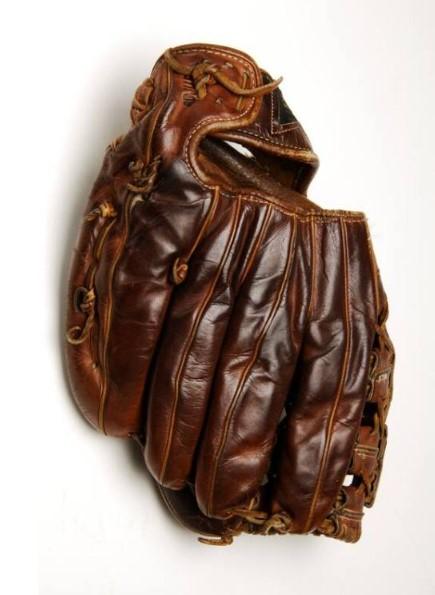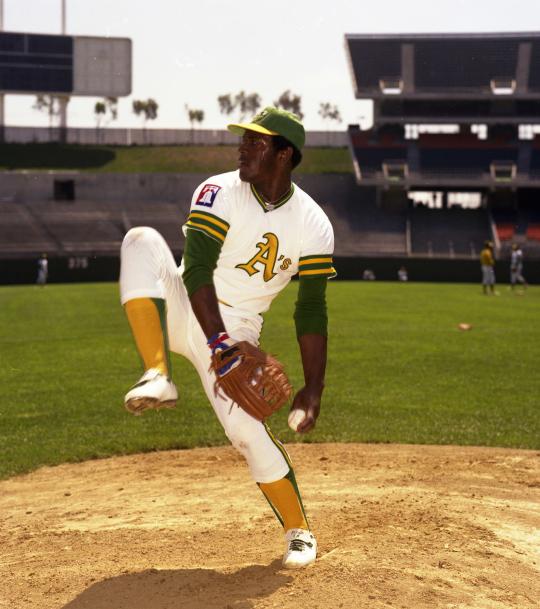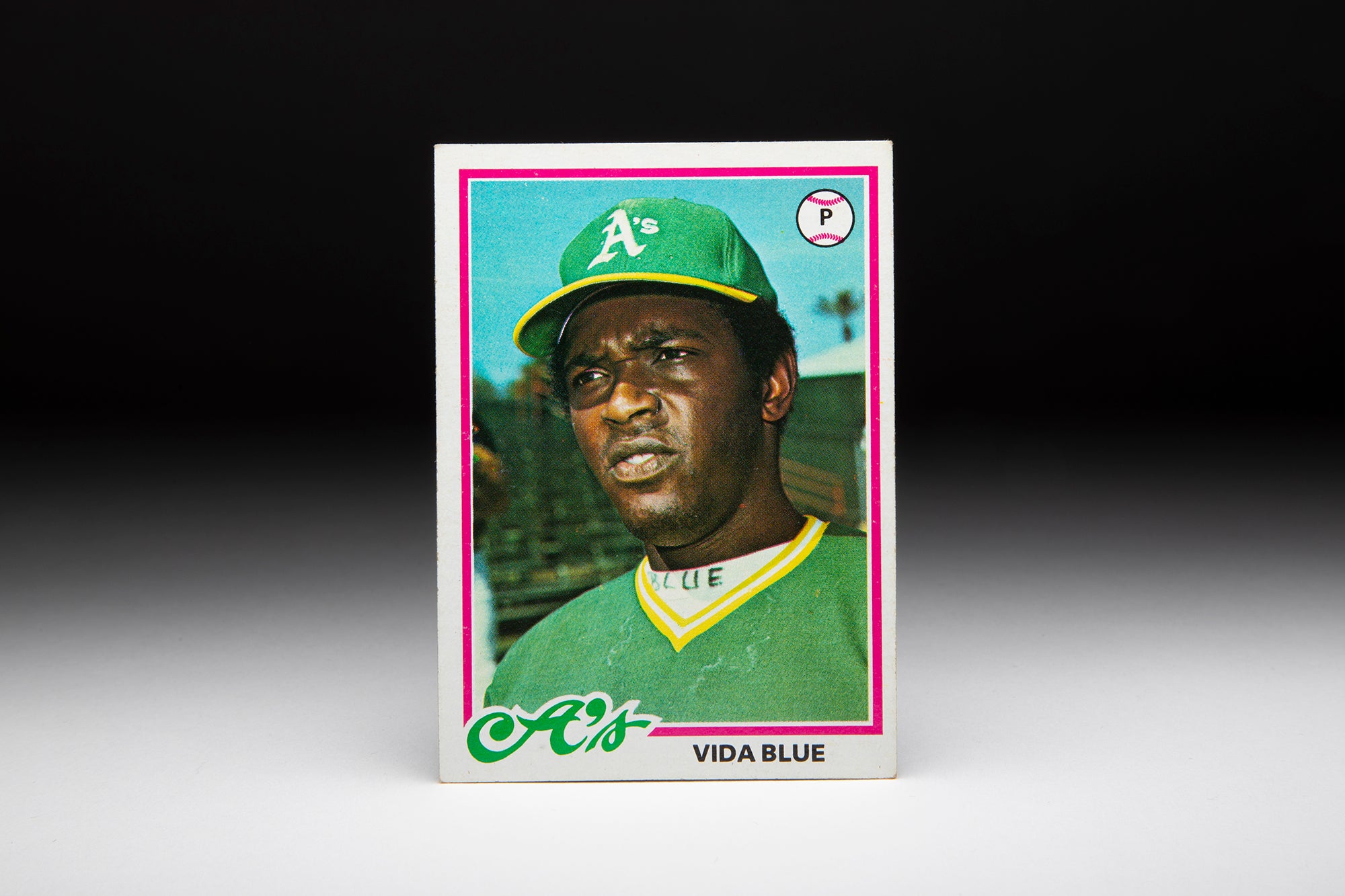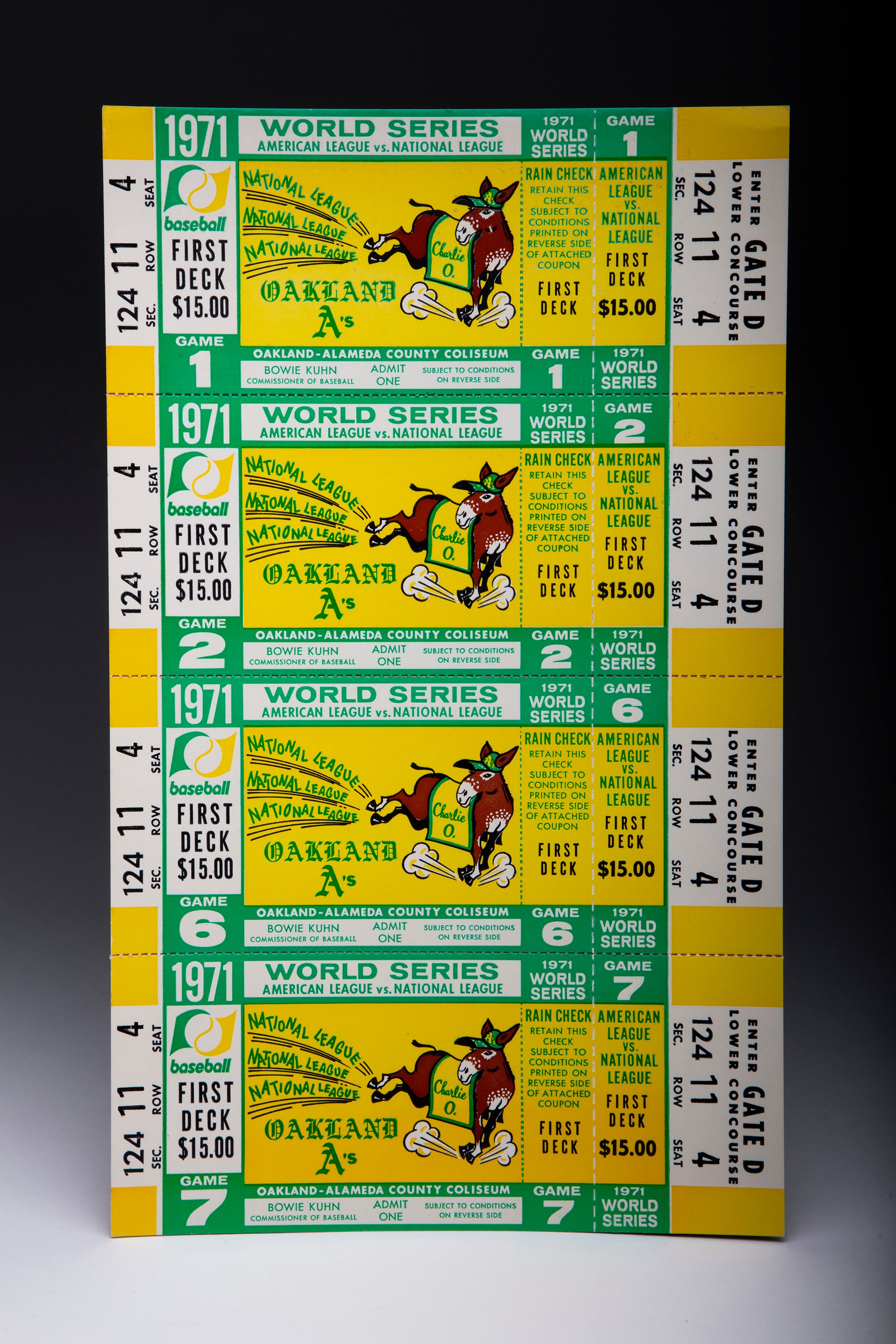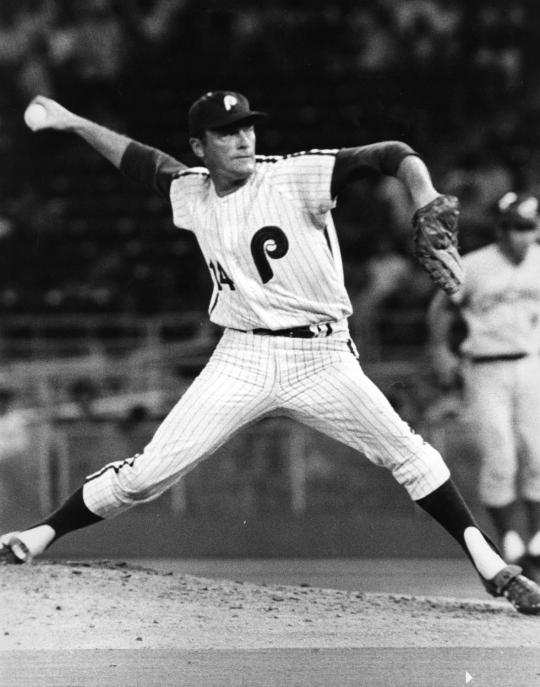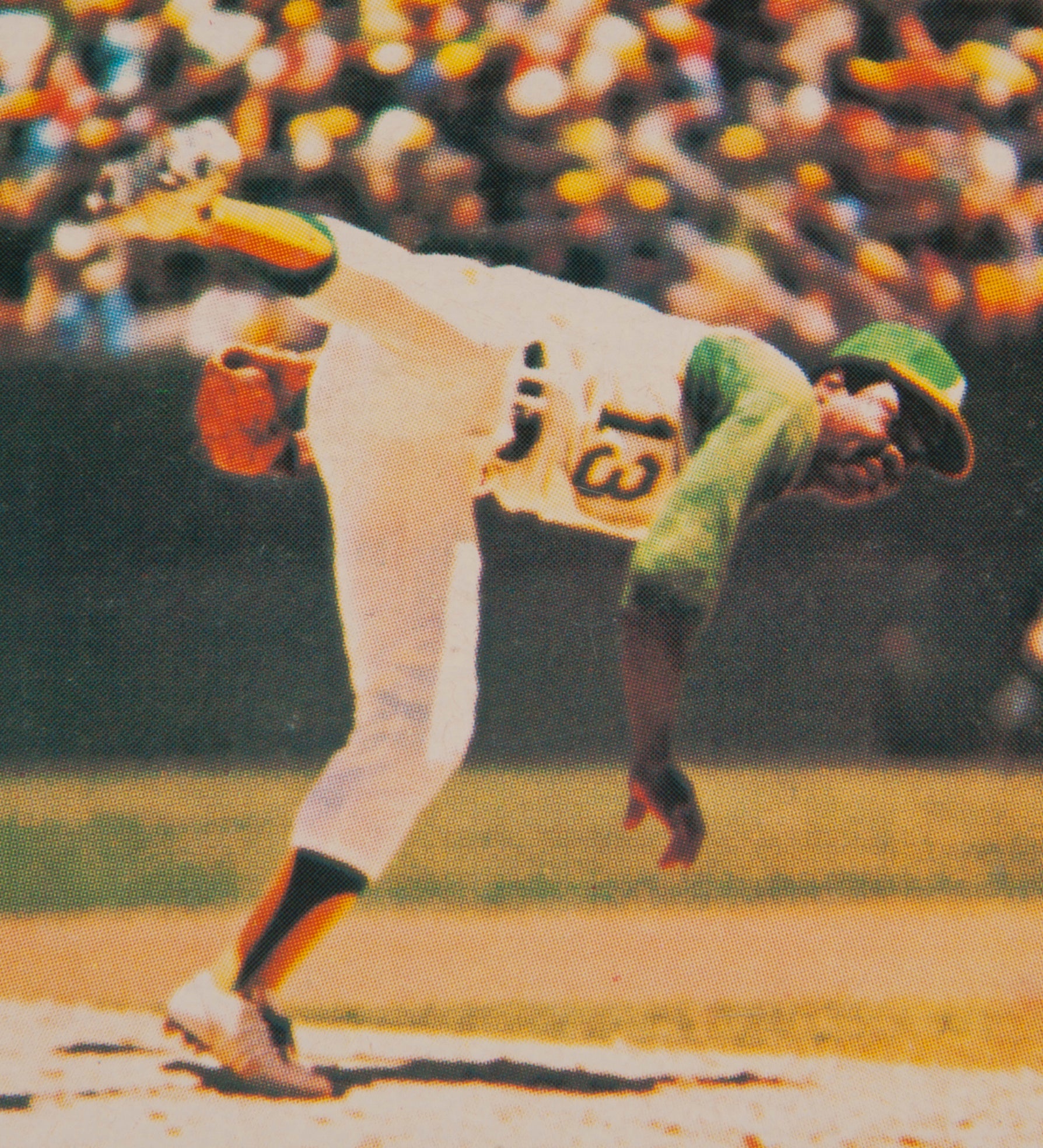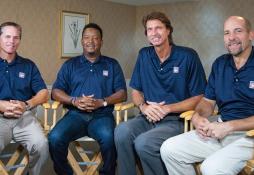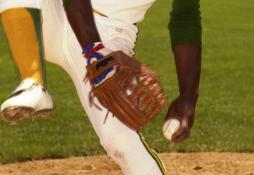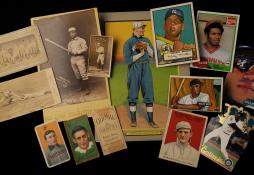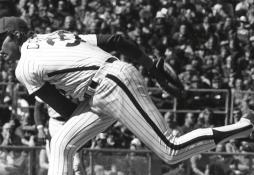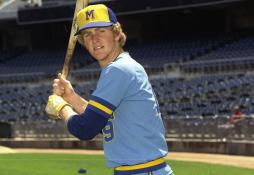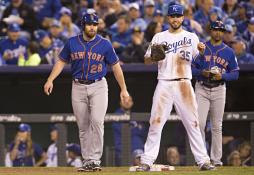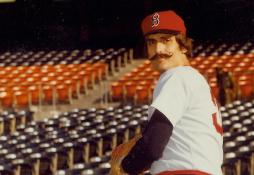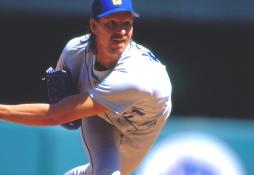#Shortstops: Blue leather
Six cases of champagne awaited the Minnesota Twins in their clubhouse on Sept. 21, 1970. At 92-60, the Twins visited Oakland one win away from an American League West title.
But Minnesota starter Jim Perry was off his game, walking five in eight innings while yielding nine hits and six runs (two earned). The Twins offense, meanwhile, didn’t do enough to clinch the division. In fact, they did hardly anything, generating just one baserunner on a fourth-inning Harmon Killebrew walk.
Athletics Gear
Represent the all-time greats and know your purchase plays a part in preserving baseball history.
Hall of Fame Membership
There is no simpler, and more essential, way to demonstrate your support than to sign on as a Museum Member.
Minnesota won 5-3 the following night to clinch the division. They would be swept in the ALCS by the eventual World Series champion Orioles.
Time in the minors certainly paid off for Blue, who in six 1970 starts yielded no home runs over 38.2 innings while posting a 2.09 ERA. The successful September was an appetizer for 1971, when Blue – leading the American League with a 1.82 ERA and eight shutouts – was the MVP and Cy Young Award winner. He also started the 1971 All-Star Game.
The three-time World Series champion’s remarkable, 17-year career, which included stints with the Giants and Royals, also saw him become the fourth Black pitcher with three 20-plus win seasons.
Justin Alpert was the 2023 social media intern in the Hall of Fame’s Frank and Peggy Steele Internship Program for Youth Leadership Development

